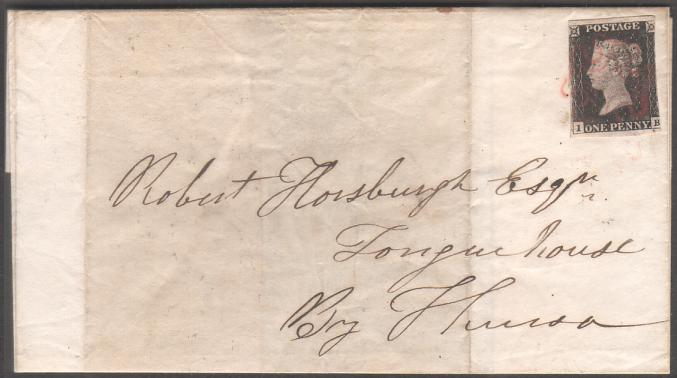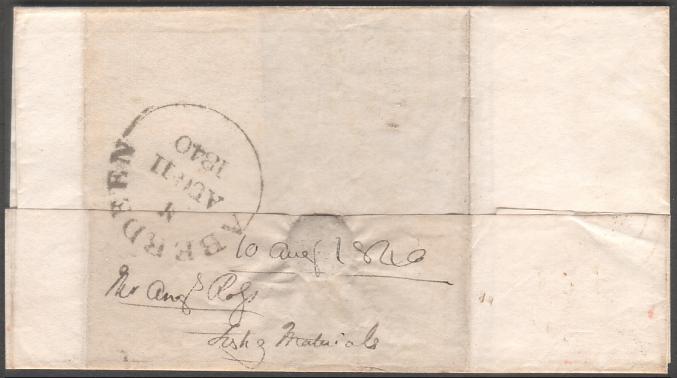
 Here you'll find hundreds of bargains in stamps, plate blocks, covers, FDCs, postal history, and much more. It's a great eclectic mix like you'd find in the bargain bins at a stamp show, except you can look through the boxes in the comfort of your own home. Just hit the right arrow to go to the next box or the left arrow to go back to the last box.
Here you'll find hundreds of bargains in stamps, plate blocks, covers, FDCs, postal history, and much more. It's a great eclectic mix like you'd find in the bargain bins at a stamp show, except you can look through the boxes in the comfort of your own home. Just hit the right arrow to go to the next box or the left arrow to go back to the last box.Prices are unbelievably low and if you put a number of things together, I'll give you an additional discount and you'll save on shipping.
I have only one of each item! To make sure you get what you want, you can e-mail me at SwapMeetDave@aol.com and I'll set aside the items you want and ship them upon receipt of your check or money order. I also accept Pay Pal (to SwapMeetDave@aol.com) but I must ask PayPal users to add 3% to partially cover the PayPal commission. Send your order with payment to David Ahl, 12 Indian Head Road, Morristown, NJ 07960. Thank you!




UK (GB) ~ #1 Penny Black on Folded Wrapper ~ Aug 1840


The Penny Black was the world's first adhesive postage stamp used in a public postal system. It was issued in Britain on 1 May 1840 for official use from 6 May of that year. All London post offices received the new stamps to sell but other offices throughout the United Kingdom did not receive them until later, continuing to accept postage payments only in cash for a period of time. This piece is a very early usage for northern Scotland.
The Penny Black is not a rare stamp. The total print run was 286,700 sheets with 68,808,000 stamps and a substantial number of these have survived, largely because envelopes were not normally used: letters in the form of letter sheets (like this one) were folded and sealed, with the stamp and the address on the obverse. If the letter was kept, the stamp survived, but most stamps were soaked off and not left on the letter sheet. This piece is unusual in that it was folded to form an envelope and a separate message was enclosed within and not written on the letter sheet.
This is a very early usage for northern Scotland. A well-known British dealer recently sold a much less rare one from London with a later date of 4 September 1840 for £775 (about $1285).
Who was Robert Horsburgh, Esq? Here is an extract from The Times of London, 1845: “Among many others, Mr Robert Horsburgh, Factor to the [Duke of] Sutherland Estate, gave evidence in 1844 to the Parliamentary Inquiry into the Administration and Practical Operation of the Poor Laws of Scotland. He made claims of idleness in the so-called new “Fishing Villages” which aroused much public resentment. This was a time of hardship and unemployment prior to the potato famine, which reached Tongue in 1846.”
SOLD